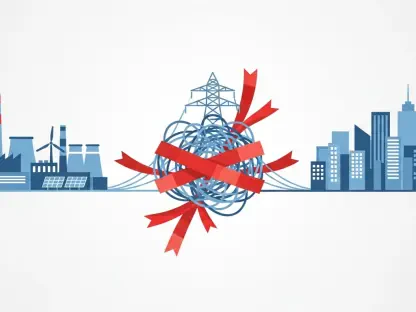In a strategic move to enhance its network API portfolio and fortify its position in the rapidly growing 5G sector, Nokia has acquired assets from Rapid, the largest global API hub. The acquisition aims to integrate Rapid’s platform, which is essential for API discovery and management, with Nokia’s Network as Code platform. This integration is expected to significantly accelerate software development for developers and foster interoperability among various network components. The move will also expand Nokia’s reach into the global developer community and provide critical support to telecom companies striving to optimize their returns on 5G investments.
Rapid’s platform for API discovery and management is indispensable for developers, as it speeds up software development, facilitating the creation of innovative and efficient applications. Nokia’s Network as Code platform already collaborates with several industry giants, including BT, DISH, Google Cloud, and Telefónica. By incorporating Rapid’s assets into its existing platform, Nokia aims to create a more robust and standardized API infrastructure. This will help simplify network functions and support the development of groundbreaking applications that can be utilized by both consumers and enterprises. For telecom companies, standardized network APIs will streamline operations and provide a foundation for harnessing the full potential of 5G technology.
Although this acquisition promises significant benefits, merging Rapid’s technology with Nokia’s existing platforms presents its own set of challenges. The rapidly intensifying 5G network API market also adds a layer of complexity to the integration process. Despite these potential obstacles, Raghav Sahgal, President of Cloud and Network Services at Nokia, remains optimistic. He believes that this move will drive network API-related product development and accelerate their adoption among the global developer community. By successfully integrating these assets, Nokia aims to solidify its leadership in the 5G sector and present new opportunities for innovation, fundamentally transforming how network services are delivered and consumed.









